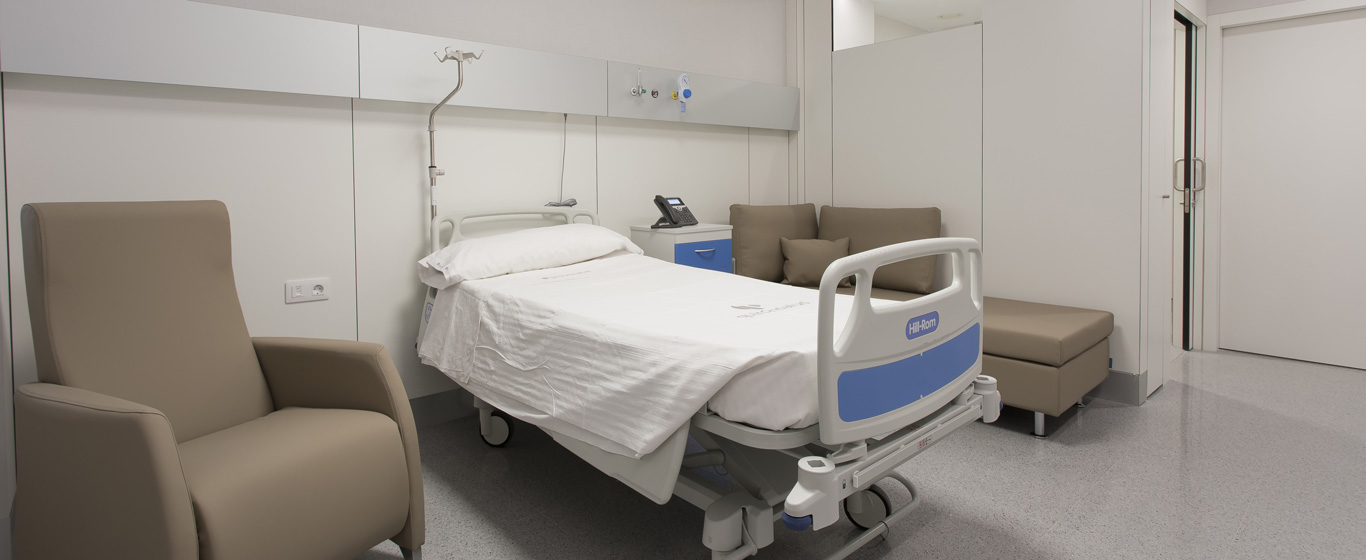Morbid Obesity
What is morbid obesity? Everything about its characteristics, symptoms, and possible solutions for this disease.
Symptoms and Causes
Morbid obesity is a metabolic disease that results in an increase in body mass to levels that pose a health risk. In addition to having a genetic origin, its development is influenced by certain environmental factors.
There are different degrees of obesity depending on a person’s body mass index (BMI). This value is calculated by dividing weight in kilograms by height in meters squared. Morbid obesity is considered when the BMI is equal to or greater than 40 kg/m².
The effects of morbid obesity on the body can pose a serious life-threatening risk, as they negatively impact the cardiovascular, respiratory, bone, and endocrine systems. Additionally, they significantly decrease the quality of life of those affected and can affect their mental health.
Symptoms
The main symptom of morbid obesity is an excess of fat, which typically results in a BMI above 40 kg/m². In addition, those affected by this disease often present respiratory failure, sleep apnea, or joint problems.
Causes
The causes of morbid obesity are very varied and complex, as different circumstances contribute to its appearance:
- Genetic factors: There is a hereditary predisposition to developing the disease.
- Environmental factors: Unhealthy eating or lack of physical exercise can contribute to the onset of this type of obesity.
Risk Factors
Some factors that increase the risk of morbid obesity include:
- Sedentary lifestyle.
- Lack of sleep.
- Medications such as antidepressants or steroids.
- Pregnancy.
- Thyroid diseases.
- Psychological disorders like anxiety, stress, or depression.
Complications
Morbid obesity is often associated with other diseases such as hypertension, hypercholesterolemia, diabetes, osteoarthritis, fatty liver, high triglyceride levels, or cardiovascular and respiratory problems. There has also been a detected link between excess body mass and certain types of cancer.
Prevention
Although there is a genetic predisposition to morbid obesity, body weight can be managed through behavioral, psychological, pharmaceutical, and/or surgical interventions. Regular moderate exercise and a balanced, low-calorie diet help improve the prognosis of morbid obesity.
What Doctor Treats Morbid Obesity?
Endocrinologists diagnose and establish the treatment for morbid obesity.
Specialized laparoscopic surgeons perform bariatric surgery when indicated.
When necessary, plastic surgeons perform surgical interventions.
Diagnosis
To diagnose morbid obesity, the following tests are performed:
- Physical examination and blood tests to check the general state of health.
- BMI calculation.
- Waist measurement, as a circumference greater than 88 cm in women and 102 cm in men can pose a risk.
- Bioimpedance, to assess body composition.
Treatment
The treatment of morbid obesity may be dietary, based on a personalized plan, pharmaceutical, or surgical. Surgery must be decided upon by a multidisciplinary team, and when performed, it typically has very positive results. Approaches vary depending on the needs and characteristics of each patient. The most commonly used procedures are:
- Vertical Gastrectomy: A portion of the stomach is removed to limit its storage capacity. This technique induces early satiety and limits food intake.
- Gastric Band: A band is placed around the upper part of the stomach to restrict the passage of food.
- Gastric Bypass: The upper part of the stomach is sectioned off to create a small storage pouch, and the remaining food passes directly into the small intestine.
- Duodenal Switch: This combines vertical gastrectomy and gastric bypass, reducing food intake and limiting the absorption surface to about 250 or 300 centimeters in length.
- Intragastric Balloon: A silicone balloon filled with saline is placed in the stomach to limit its capacity.





















































